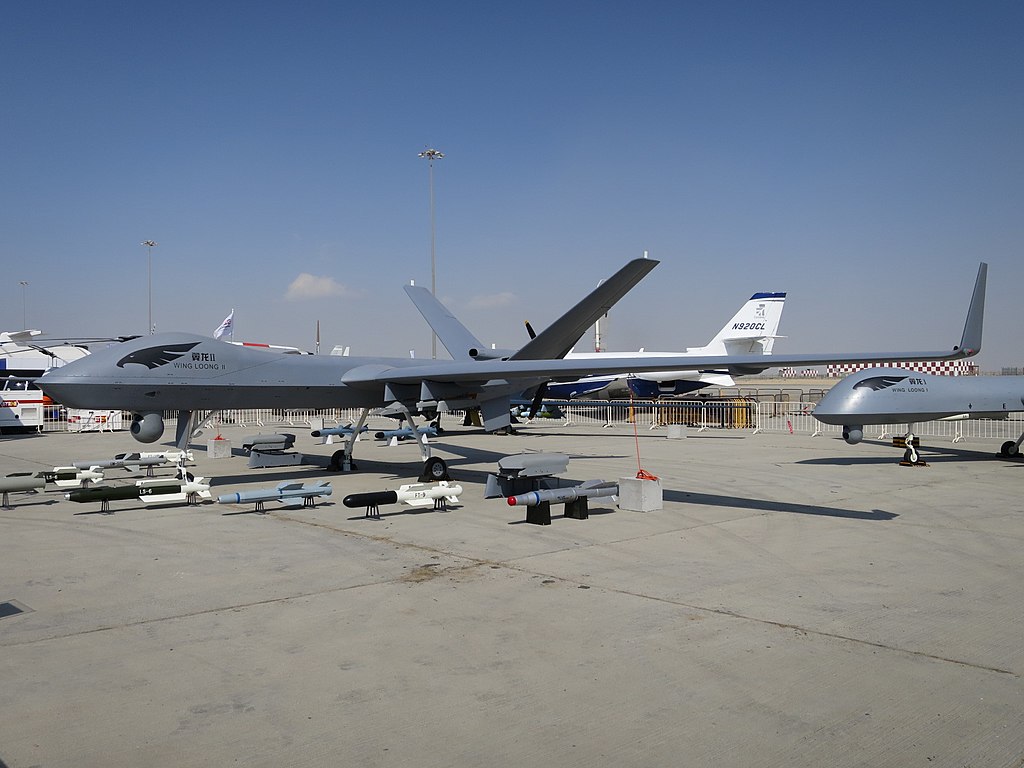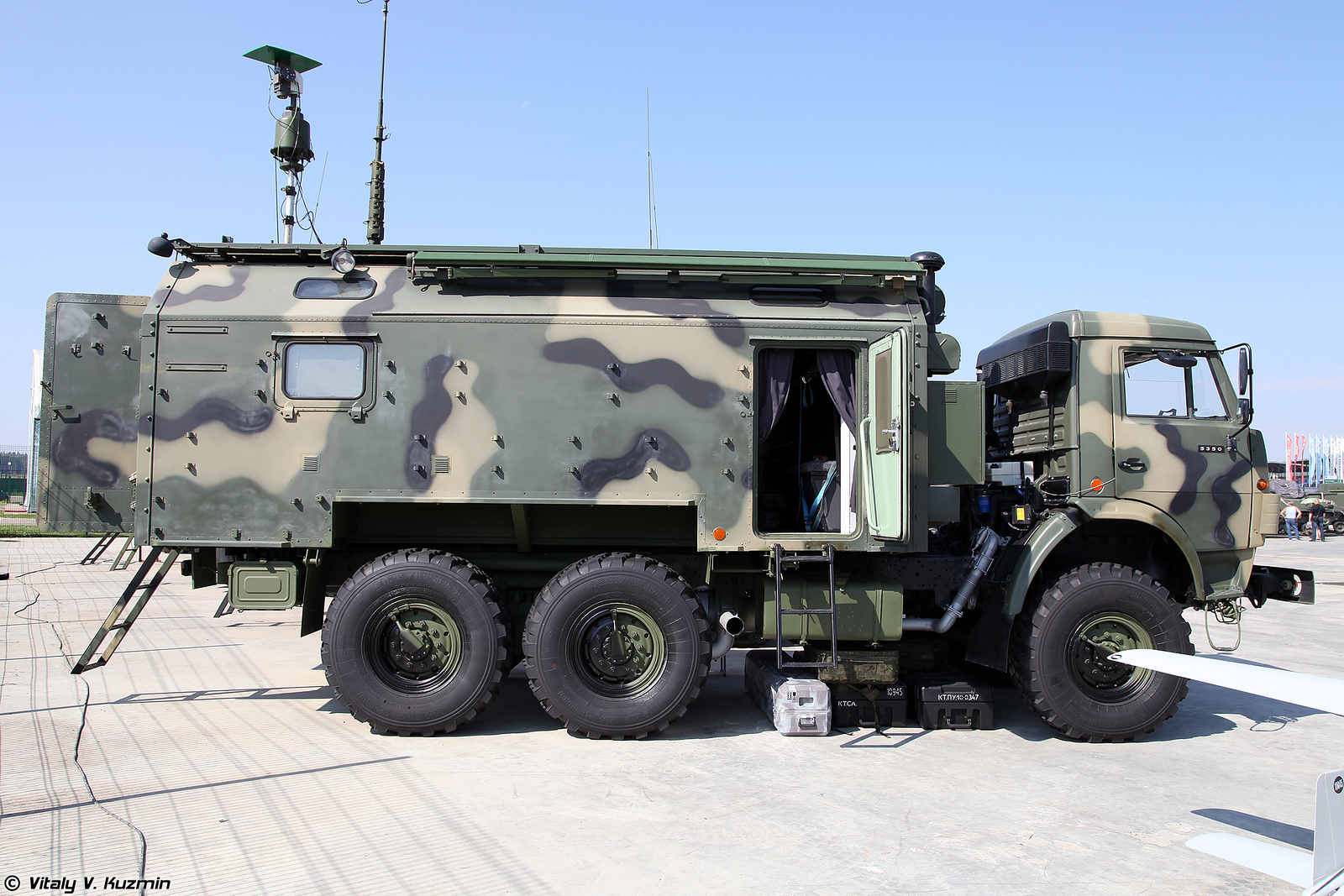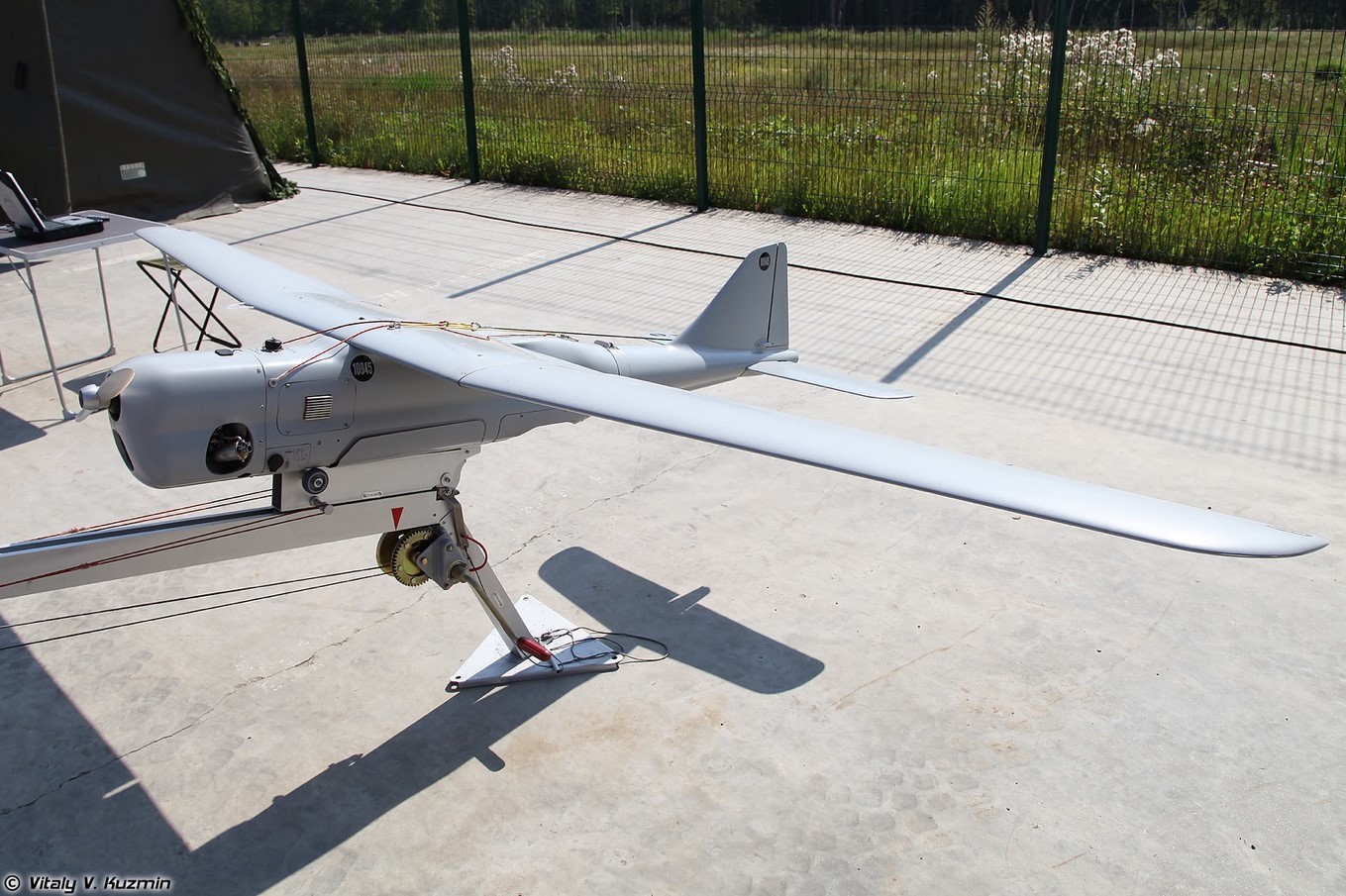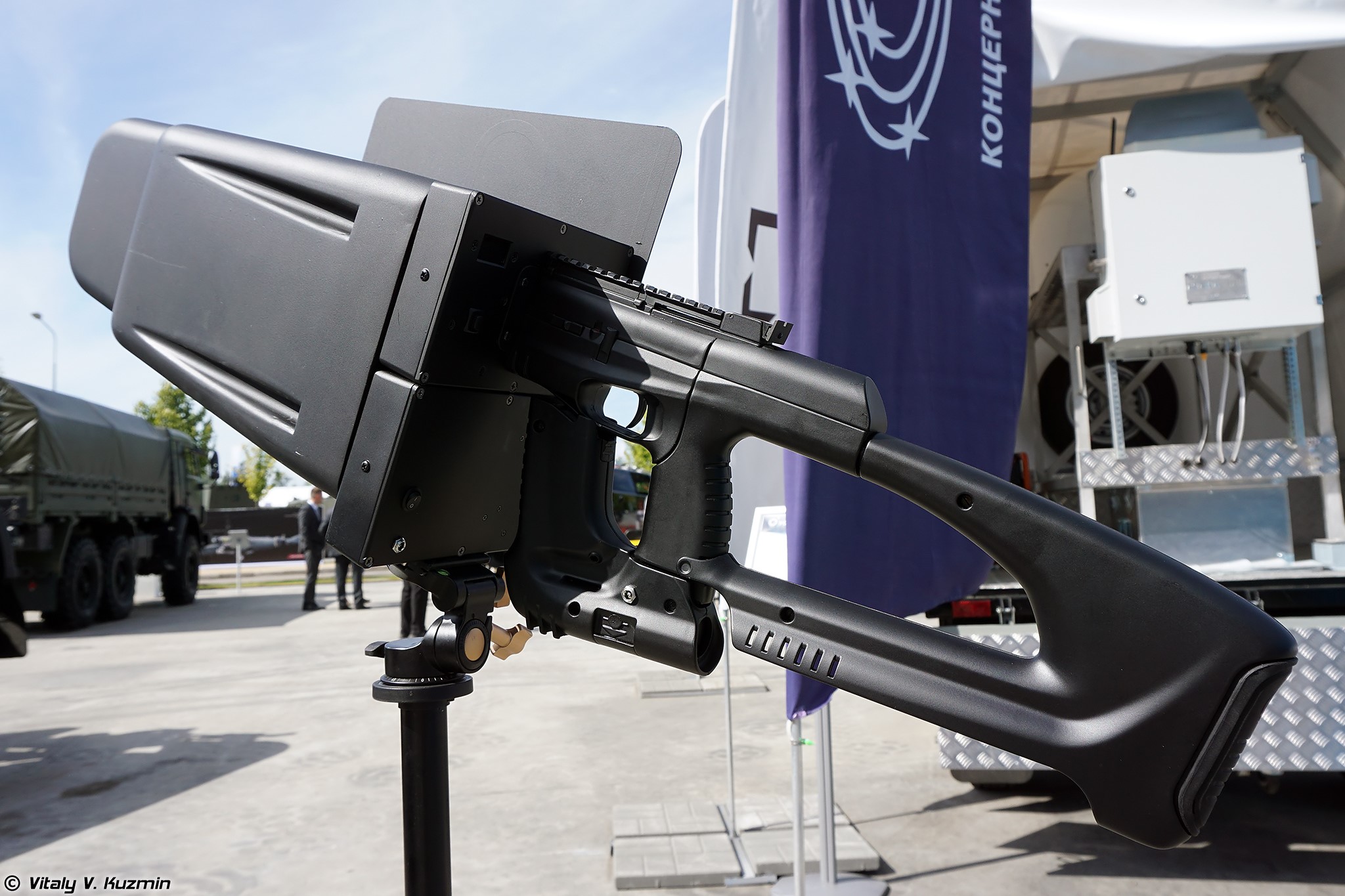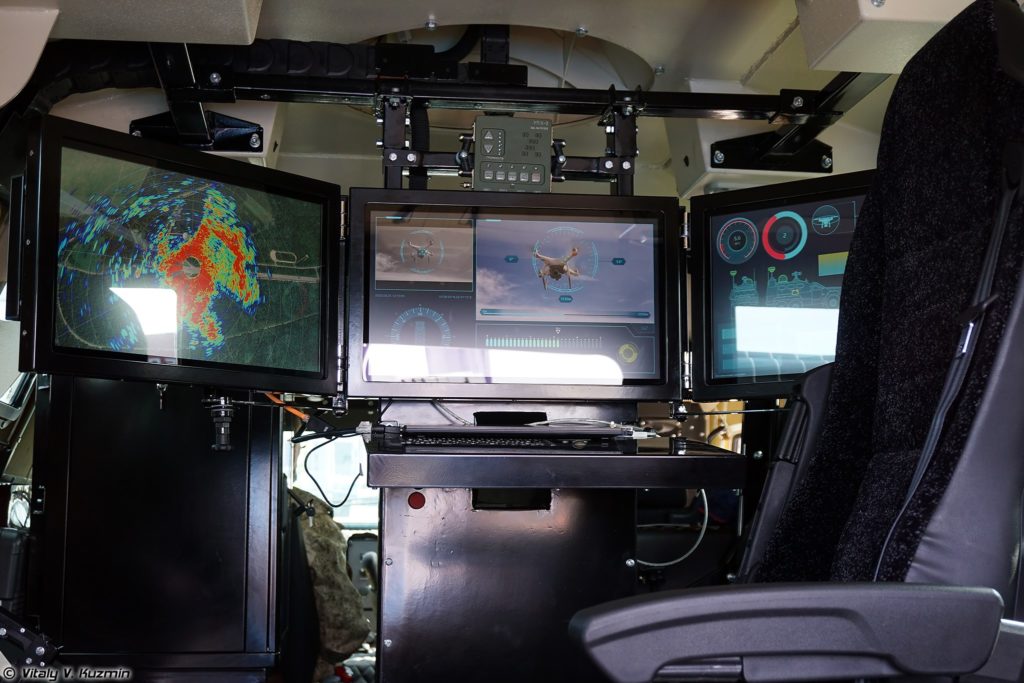
The J-15D, featured in a CCTV-7 Military News episode, displaying two electronic warfare pods on the wing tips and two larger electronic warfare pods on the inside of the wings.
“Chinese aircraft carrier formations have reached a new level of comprehensive combat capabilities, and has entered the era of offensive operations, breaking the monopoly advantage of the U.S. military. This is something we are very happy about.”
The introduction of the J-15D [R1] signals a pivotal moment for Chinese aircraft carrier formations, enabling them to execute strikes against adversaries with sophisticated air defense systems according to the first article published by government-censored Chinese internet and gaming provider NetEase. The Chinese J-15D electronic warfare aircraft made its first public appearance on CCTV in late March 2024.[i] Equipped with electronic countermeasures, reconnaissance capabilities, and the capacity to disrupt enemy radar and missile systems, the J-15D substantially enhances the combat power of Chinese aircraft carriers.[ii] The article highlights three key aspects of the J-15D. First, its strategic value in anti-ship warfare is underscored by its comprehensive suite of electronic warfare, anti-radiation warfare, and air combat capabilities. Second, the J-15D signifies China’s comparable strength to the U.S. in the field of electronic warfare. Third, its ability to provide situational awareness is crucial, particularly in scenarios involving the deployment of hypersonic missiles by Chinese aircraft carrier formations. The J-15D confers an asymmetric advantage with its capacity to target adversaries at long distances and provide targeting guidance for hypersonic missiles. Overall, the J-15D signifies a “a new level in terms of comprehensive combat capabilities” for the Chinese aircraft carrier fleet. The second excerpt, published on highly regulated Chinese internet platform Tencent, suggests that the introduction of the J-15D also marks a significant shift in the combat strategy of China’s aircraft carriers. The excerpt states that in the past, the People’s Liberation Army Navy followed the Soviet Navy’s model, relying on carrier-based fighter jets for air defense while utilizing escort ships for long-range anti-ship attacks. With advancements in the performance of the J-15D, Chinese aircraft carriers are now capable of conducting long-range anti-ship and ground operations coupled with defensive and offensive electronic warfare.[iii] The J-15D, with its offensive capabilities, can engage in long-range sea or ground attacks alongside other carrier-based fighters, leveraging electronic warfare systems to dominate the battle space.[iv] This poses an “unprecedented” threat to U.S. aircraft carrier strike groups.
OE Insight Summary:
CHN’s naval aviation strength has significantly increased with the introduction of the J-15D, a carrier-based EW fighter jet. This EW fighter enhances CHN’s ability to assert electronic dominance from its aircraft carriers, providing strategic versatility in maritime operations.
Sources:
Fu Qianshao, “ ‘央视曝光’电战鲨’,歼-15D推动航母编队进入攻势作战时代 (CCTV Reveals ‘Electric War Shark’, the J-15D Propels Aircraft Carrier Formations into an Era of Offensive Operations),” Netease (one of China’s largest internet companies, subject to regulatory oversight and censorship by the national internet regulator, China’s Cyberspace Administration), 02 April 2024. https://www.163.com/dy/article/IUPAKE5T0535T18G.html
CCTV’s ‘Military Report’ recently aired footage showcasing the J-15D fighter jet as it commenced a naval training program, signaling a significant advancement for China’s aircraft carrier capabilities. Notably, the J-15D fills a crucial gap that its predecessor, the J-16D, couldn’t address, as it lacked compatibility for deployment on aircraft carriers.
The introduction of the J-15D into Chinese naval aviation signifies a pivotal advancement, enabling Chinese aircraft carrier formations to conduct air strikes against adversaries equipped with sophisticated air defense systems. Reflecting on the Gulf War, the US Air Force frequently coordinated air strikes against ground targets with electronic warfare aircraft to neutralize ground defense systems. This underscores the critical role of electronic warfare aircraft in suppressing air defenses, a capability that the J-15D helps address.
Compared with the US EA-18G, is the J15-D superior or inferior? 1. The J-15D offers enhanced strategic value particularly in anti-ship warfare. The J-15 is equipped with electronic warfare capabilities, anti-ship warfare and anti-radiation warfare, and has a relatively complete air combat capability. Compared to the J15-D, the EA-18G has excellent electronic warfare capabilities, limited anti-radiation and air combat capabilities, and almost no anti-ship combat capabilities. 2. The J-15D holds the advantage of possessing more modern electronic warfare technology, benefitting from China’s robust capabilities in the electronic industry. In the competition between China and the US in electronic warfare, China stands equal to the United States in terms of industry strength. 3. The tactical awareness offered by the J15-D holds significant value in scenarios where Chinese aircraft carriers possess hypersonic missiles. The J15-D’s ability to lock onto opponents’ carrier formations at longer distances and provide target indications for hypersonic missiles presents an asymmetric advantage. While the U.S. EA-18G possesses similar capabilities, its missile speed and range are insufficient to pose a threat to Chinese carrier formations.
Overall, the J-15D entry into service signifies that Chinese aircraft carrier formations reached a new level in terms of comprehensive combat capabilities, and entered the era of offensive operations, breaking the monopoly advantage of the US military. This is something we are very happy about.
Kongtian Daliang, “央视官宣,歼15D ’咆哮鲨’ 喷涂海军灰,中国航母任务出现转变 (CCTV Reveals, J-15D “Roaring Shark” Sprayed Navy Grey, Marks Changes for Chinese Aircraft Missions),” Tencent (China’s largest multinational technology conglomerate, operating within a tightly regulated environment), 26 March 2024. https://new.qq.com/rain/a/20240326A0442K00
Recent footage from the CCTV Military Channel showcased the J-15D carrier-based electronic warfare aircraft. The aircraft, painted in navy gray, suggests that it is either nearing or has already entered service. The presence of the J-15D fighter indicates a shift in focus for Chinese aircraft carriers from air defense to offense.
The CCTV footage reveals that the J-15D electronic warfare aircraft is equipped with two electronic warfare pods mounted under its wings, like the PLAAF J-16D [R1] electronic warfare aircraft. The primary function of this electronic warfare equipment is to analyze enemy radar frequencies, identify, jam, position, and target enemy radars. A notable distinction between the J-15D and other J-15 fighters is the absence of the airspeed tube, indicating comprehensive upgrades to the aircraft’s electronic equipment such as radar and sensors, facilitating comprehensive control of electromagnetic signals in combat airspace.
The introduction of the J-15D signifies a significant transformation in China’s aircraft carrier combat missions. Previously, Chinese aircraft carriers faced a distinct disadvantage compared to American super aircraft carriers. Consequently, the Soviet Navy model was adopted, utilizing carrier jets for air defense cover while escort ships launch long-range anti-ship missiles to conduct attacks. With the increasing maturity of the J-15, it is now equipped with air-launched anti-ship missiles, bolstering Chinese aircraft carriers’ offensive air capabilities.
The primary objective of the J-15D is to employ high-power electronic warfare equipment to suppress and disrupt the opponent’s electronic systems, while employing various methods to degrade the opponent’s radar detection capabilities. Alongside other carrier-based fighters, the J-15D can execute long-range sea and ground attacks, utilizing its electronic warfare capabilities to neutralize the opponent’s air defense systems. For US aircraft carrier strike groups, the threat posed by the J-15D is unprecedented. As for Japan’s ‘Izumo’ class light aircraft carriers, they are equipped with the F-35B stealth fighters, which have a generational advantage over the J-15 series. However, the number of F-35B aircraft is limited and may have limited warning aircraft to provide airspace intelligence and early warning. This greatly reduces the situational awareness capability of the F-35B. In addition, the J-15D retains most of the J-15’s air combat capabilities, and electronic warfare aircraft can be regarded as the nemesis of stealth fighter jets. Therefore, Chinese aircraft carriers employing J-15D aircraft are enough to cause Japanese light aircraft carriers to suffer significant losses.
Notes:
[i] To watch the full CCTV-7 video of the J15-D, see CCTV’s C-Bit Series Baidu post, Baidu, 24 March 2024. https://haokan.baidu.com/v?pd=wisenatural&vid=17129917562037813254
[ii] Mu Feng Lun Dao, “电战版歼-15D来袭,央视正式官宣,中国航母舰载机最后拼图全凑齐 (Electronic Warfare Version of J15-D is Coming, CCTV Formally Announces, Completing the Final Piece for China’s Carrier-Borne Aircraft),” Netease, 26 March 2024. https://www.163.com/dy/article/IU70SP910552YXLH.html
[iii] A Taiwanese news channel invites a Chinese military expert to discuss the strengths and advantages of the J-15D fighter plane, CTI News Channel, 02 April. 2024. https://youtu.be/srdhxxwV-CQ?t=304
[iv] A Taiwanese news channel invites a Chinese military expert to discuss the combat application of the J15-D, CTI News Channel, 30 March 2024. https://youtu.be/s6o1H0ffZXU?t=101
Image Information:
Image: The J-15D, featured in a CCTV-7 Military News episode, displaying two electronic warfare pods on the wing tips and two larger electronic warfare pods on the inside of the wings.
Source: https://haokan.baidu.com/v?pd=wisenatural&vid=17129917562037813254
Attribution: CCA-SA 4.0 Intl.


